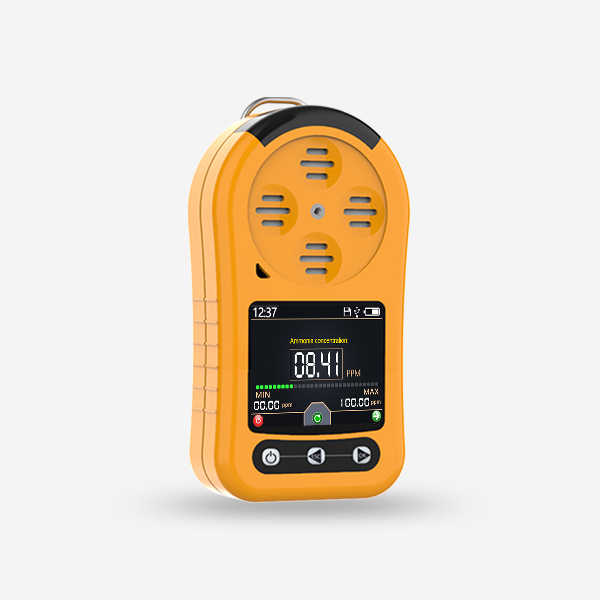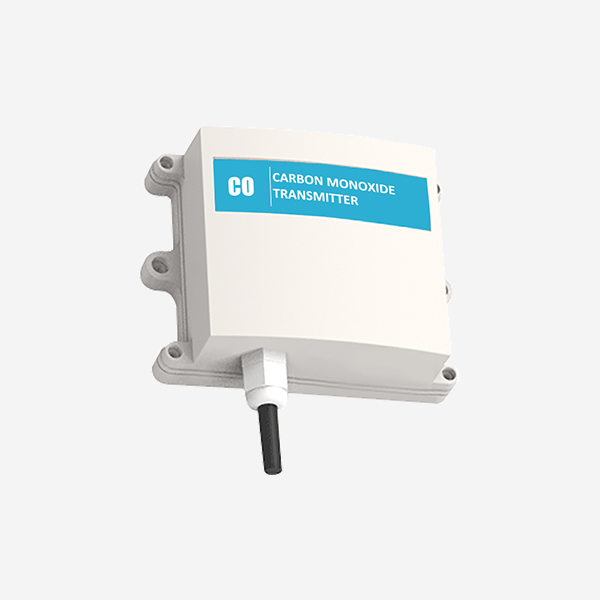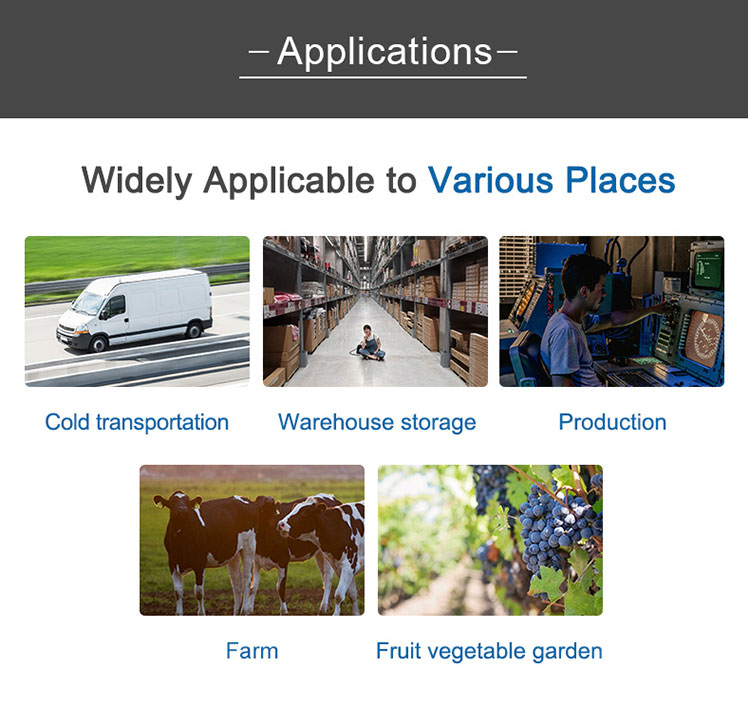
Home environmental gas monitoring
Gas sensors can also be integrated with air conditioners, air purifiers, etc., to realize new houses The combination of pollution detection and treatment helps to create a safe and comfortable home environment. After the renovation of many new houses, more than 90% of harmful gases seriously exceed the standard, and the indoor formaldehyde concentration may exceed 2.5ppm, and some may even exceed 10ppm. Therefore, formaldehyde sensors, air quality sensors, TVOC sensors, etc. are placed in the home environment to monitor volatile organic compounds such as formaldehyde and toluene in real-time.


Monitoring of carbon monoxide in the car
If people stay in the car for a long time, the people in the car will unconsciously inhale this toxic gas and become poisoned. Place a portable composite multi-gas detector in the car for full-function self-testing, which can detect the concentration of oxygen, carbon monoxide, hydrogen sulfide, and other gases in the car. The monitored values are displayed in real-time on the high-definition color screen for users to check. If the gas concentration exceeds the limit It can also provide a three-level local sound, light and vibration alarm, thereby serving as a safety warning and reminding vehicle owners to take effective improvement measures in time.
JINGXUN gas detector
The JINGXUN gas detector adopts imported first-line electrochemical sensors of major brands, which can quickly and accurately monitor 11 gases such as oxygen, carbon monoxide, ammonia, carbon monoxide, formaldehyde, formaldehyde, and sulfur dioxide. The built-in mobile phone card and With the help of China Mobile and China Unicom’s base stations, GPRS/4G communication methods are used to upload data to the environmental monitoring platform to realize information collection, data viewing, data analysis and other functions.

Specifically, the application of IoT gas sensors in daily life is quite extensive: for example, a gas sensor installed in the kitchen can detect whether civil gas such as natural gas, liquefied petroleum gas and city gas leaks; it can detect the cooking of food in a microwave oven Gas, so as to manually control the microwave oven to cook food; in addition, gas transmitters installed in some high-rise buildings or public entertainment venues can also be used to detect fire signs and alarm.

F.A.Q.
1. Gas type
It is important to understand which gases can and cannot be detected by the equipment. Some detectors can identify more than one type of gas, and some can detect smoke. But don’t make the mistake of assuming that the CO detector can also detect a natural gas leak: unless it specifically says it will detect it, or it won’t.
2. Application place
Know the purpose of buying a gas detector and what you are buying a gas detector for. The more detailed the better. To understand the use environment of the gas detector, it is necessary to know clearly what is the use environment of the gas detector, such as the temperature, humidity, pressure, wind speed, wind direction, whether there is dust, whether there is electromagnetic interference, whether it is corrosive, whether there is other gas interference and so on.
3. Measurement accuracy
What are the special requirements for the accuracy, range, resolution and other performance of the gas detector?
4. Certification
Requirements for gas detector certification, such as CE certification, fire protection certification, 3c certification, explosion-proof certification, UL certification, etc.
1. Installation location selection
We need to know the distribution of on-site working conditions and where the gas is generated, such as pipe joints, valves, raw material locations, and airflow direction. These are things that we need to consider carefully. It doesn’t mean that you just need to find a place to install it. If it is installed in the wrong place, the gas detector will not be effective.
2. Installation environmental conditions
Gas detectors all have their own suitable working conditions, and they mainly need to pay attention to the basic conditions of humidity, temperature, and pressure. In the general factory environment, it can be directly installed and fixed, but when we install it in a confined space, such as a pipe, a flue, and other special environments, we must strictly control the working conditions. The conditions that most gas detectors can adapt to are: temperature: -20 to 50 degrees, humidity below 90% without condensation, and pressure within the range of 100kp. Once the environmental conditions are not met, it will affect the accuracy of the measurement and the service life of the instrument. At this time, we have to consider adding gas pretreatment equipment to carry out gas treatment, so that the gas that meets the conditions can enter the gas sensor head.